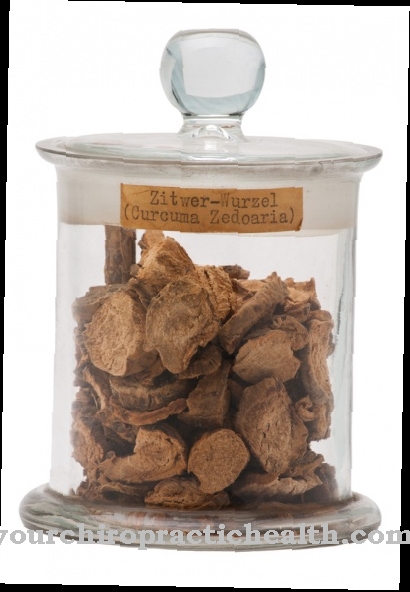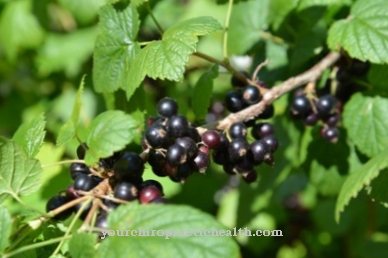The genus celery (Latin: Apium) with its thirty species belongs to the umbelliferae family (Apiaceae). The type of real celery (Apium graveolens), which is used as a useful and medicinal plant, is particularly widespread.
Occurrence & cultivation of celery

The wild form of the real Celery is common worldwide. It thrives above all in salty and swampy-moist soil in temperate latitudes. It is believed that cultivation began in the Mediterranean area.
Today, the wild form in Germany is considered endangered or extinct, depending on the state. The cultivation of celery takes place in the context of vegetable cultivation, where it can be harvested in May after sowing in January.
Celery can also be harvested during summer and autumn. For this purpose, the celery plants that have been grown earlier are planted outdoors between May and June. Celery is available fresh as a vegetable almost all year round.
Wild celery was already used as a medicinal plant by the ancient Egyptians, as was the ancient Greeks, from whom the Romans believed celery took over. In Central Europe, celery was used as a medicinal plant from the Middle Ages. The varieties available today originated in Italy from the 17th century.
Effect & application
Nowadays it is celery in the form of celeriac, especially popular as soup greens, but is also used as root vegetables in stews. In traditional Central European cuisine, pureed celery is served as a side dish, used in salads such as Waldorf salads, in soups or - fried in slices and breaded - as a main course, the so-called celery schnitzel.
Until the 18th century, however, it was only grown in monastery gardens, as celery was said to have an aphrodisiac and mild mood-enhancing effect and therefore belonged in the hands of an experienced chemist. In the form of cut or spiced celery, where only the celery leaves are used, the celery is probably still one of the most popular culinary herbs due to the said potency-increasing effect.
The mild-tasting herbaceous or bleached celery is used as vegetables or raw vegetables, whereas the celeriac is preferred as soup greens or stewed vegetables. Celery is very modern and popular and is served raw with herb dips or filled with cream cheese. Steamed celery or celery sticks are part of the light summer kitchen.
Importance to health
Due to its high level of essential oils, the following applies celery from a nutritional point of view as valuable. The essential oils not only serve the spicy taste, but also have a blood pressure lowering effect. In addition, the terpenes contained in celery oil should inhibit the growth of harmful fungi and bacteria in the mouth and disinfect the throat area and stomach.
Celery juice (health food store) has a dehydrating, purifying and blood-purifying effect. This is thanks to the high potassium content of the celery, which promotes dehydration. In addition to potassium, celery contains vitamins B1, B2, B12, vitamin C and vitamin E and valuable minerals such as calcium and iron. Celery stimulates the circulation and metabolism in general and invigorates overall.
This may explain the traditional potency-increasing effect. Celery also promotes gastric acid production and has a beneficial effect on digestion.
Consuming a celery salad, which is made from grated celery, apples, nuts, brown sugar, and honey, can also help with skin conditions. This salad should also have a detoxifying effect. Last but not least, a celery topping is a traditional treatment for urinary tract problems. Here, celery roots and leaves are cut into small pieces, boiled to a pulp with water or wine and wrapped in a sheet on the lower abdomen.
Celery is a low-calorie food, which is why it is also suitable for healthy diet cuisine. However, those with kidney disease should not consume large amounts of celery, as celery can irritate the kidneys. Celery is also considered to be an allergy trigger. People with a corresponding disposition should be careful here.













.jpg)

.jpg)
.jpg)











.jpg)